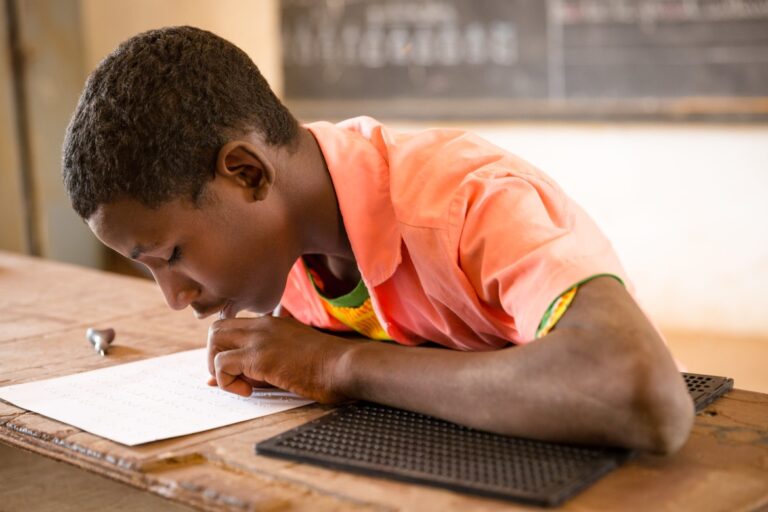The new Handbook on Measuring Equity in Education, produced by the UNESCO Institute for Statistics (UIS), the FHI 360 Education Policy Data Centre, Oxford Policy Management and the Research for Equitable Access and Learning (REAL) Centre at the University of Cambridge, provides practical guidance on the calculation and interpretation of indicators designed to target the most disadvantaged groups. It is intended for anyone involved in the measurement and monitoring of equity in education, especially those concerned with national policymaking. It addresses the current knowledge gaps and provides a conceptual framework to measure equity in learning, drawing on examples of equity measurement across 75 national education systems.
The handbook explains what it means to measure equity in learning, recognising that equity itself is a political issue and cannot be isolated from political choices. It focuses on two key principles – impartiality and equality of condition.
Impartiality zooms in on the idea that it is unfair to discriminate by characteristics such as gender, wealth or ethnicity when it comes to the distribution of education. Measures of impartiality quantify the extent to which an educational input or outcome differs by such characteristics.
Equality of condition focuses on the dispersion of education in the population, without regard for differences between groups. While perfect equality of condition in education outcomes might not be possible or desirable, wide or growing gaps between the least and most educated are likely to be a cause for concern.
The handbook introduces visualization and measurement techniques related to impartiality and equality of condition, the requirements for the use of underlying data to measure both, and the advantages and disadvantages of each technique for generating insights into the magnitude and nature of any inequality. It provides solid examples of national efforts to track progress towards equity in both educational access and learning, highlighting positive country examples and stressing the need to include a wider range of dimensions of disadvantage in education plans.






